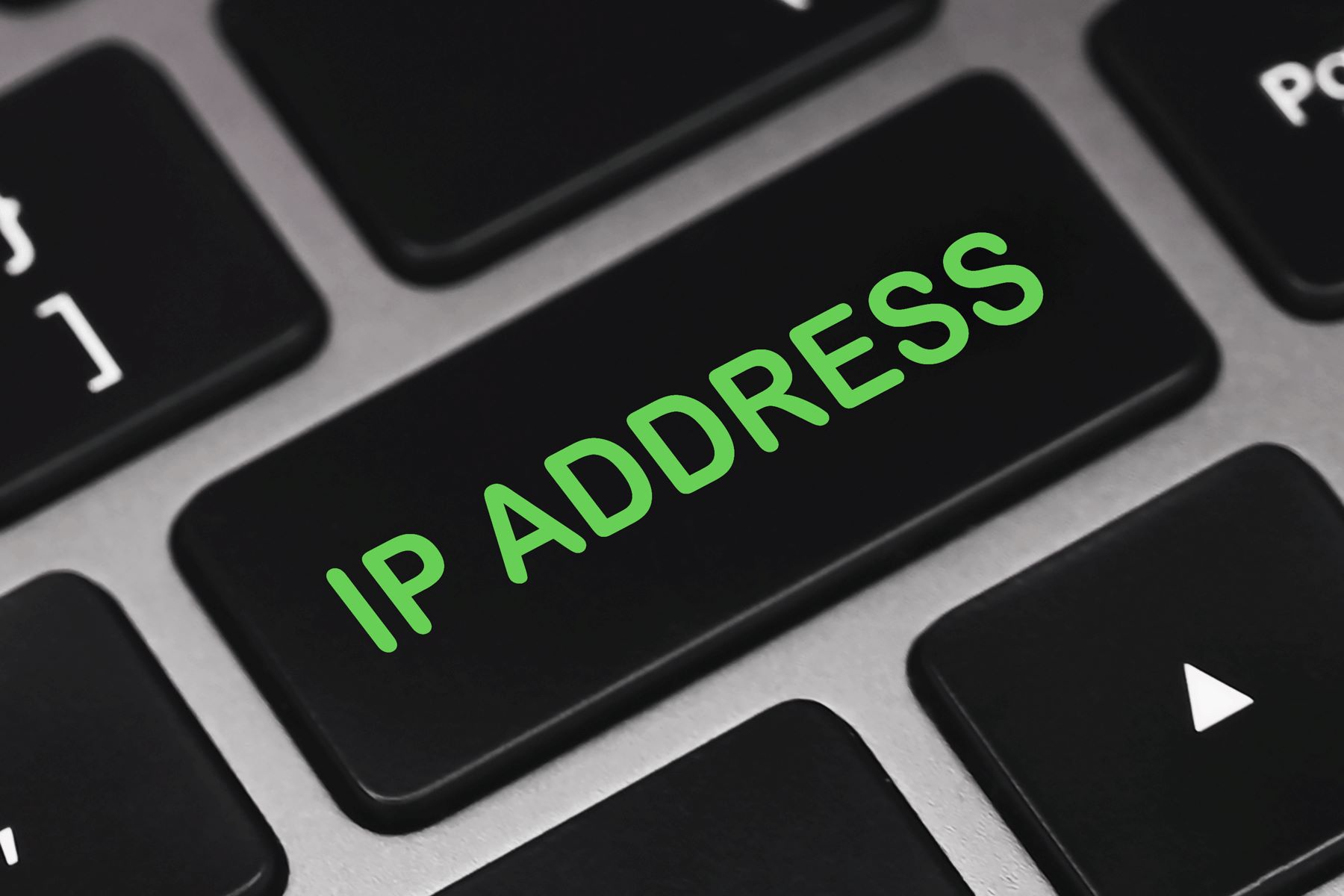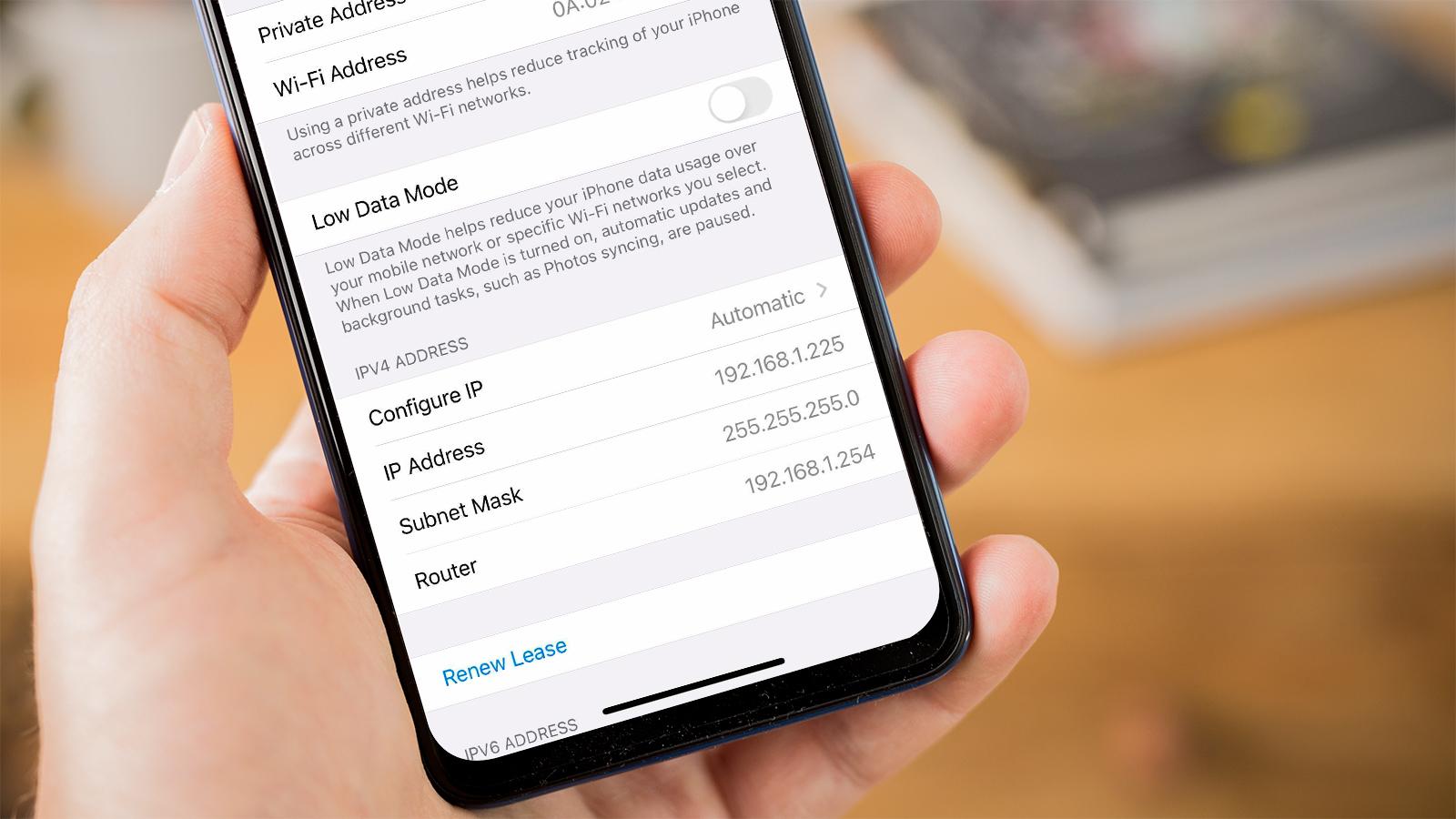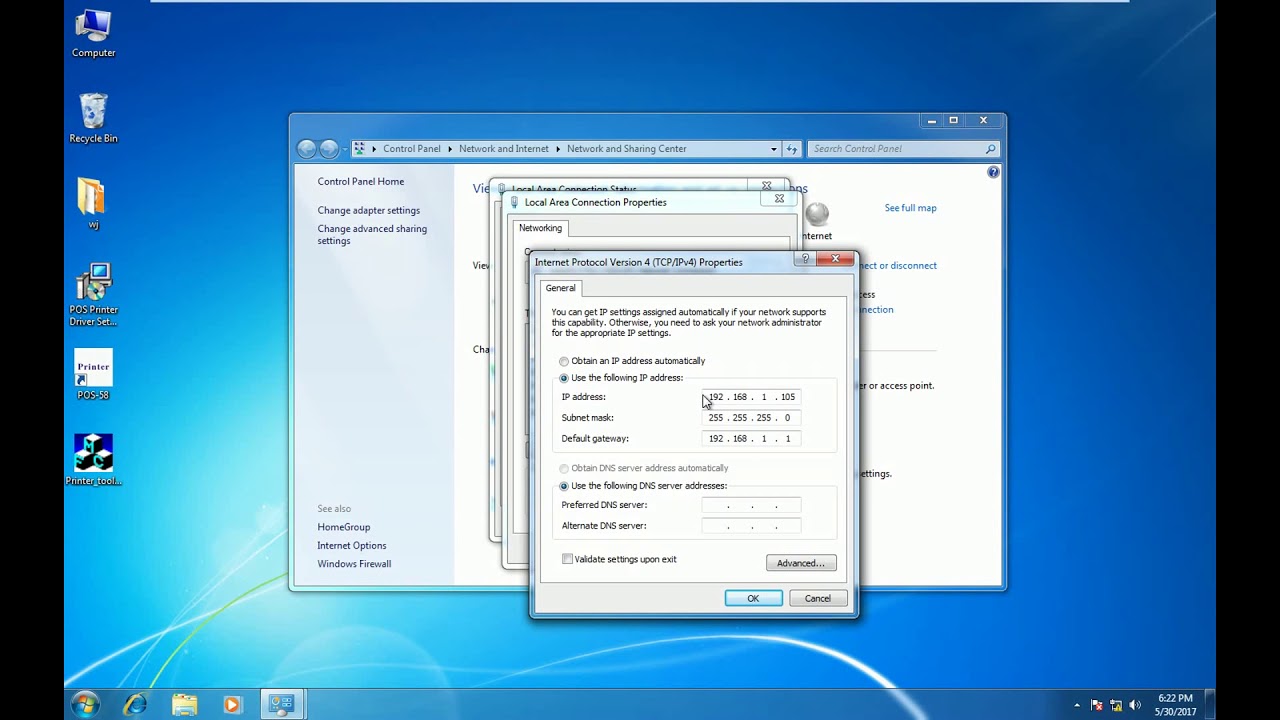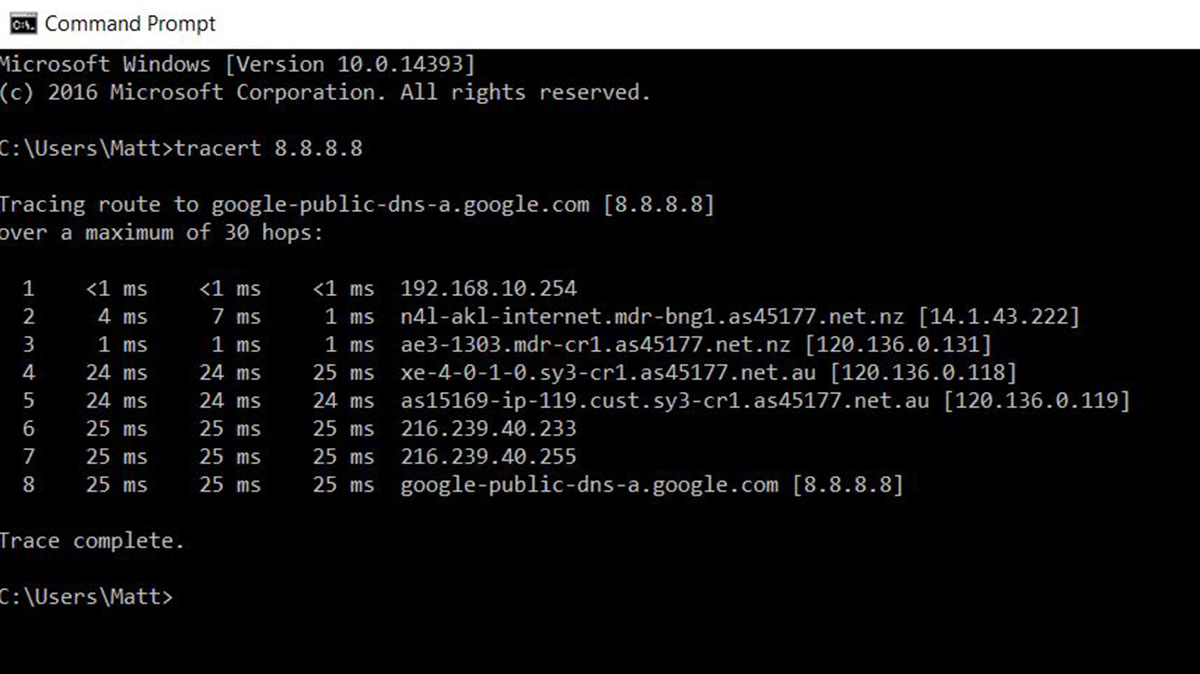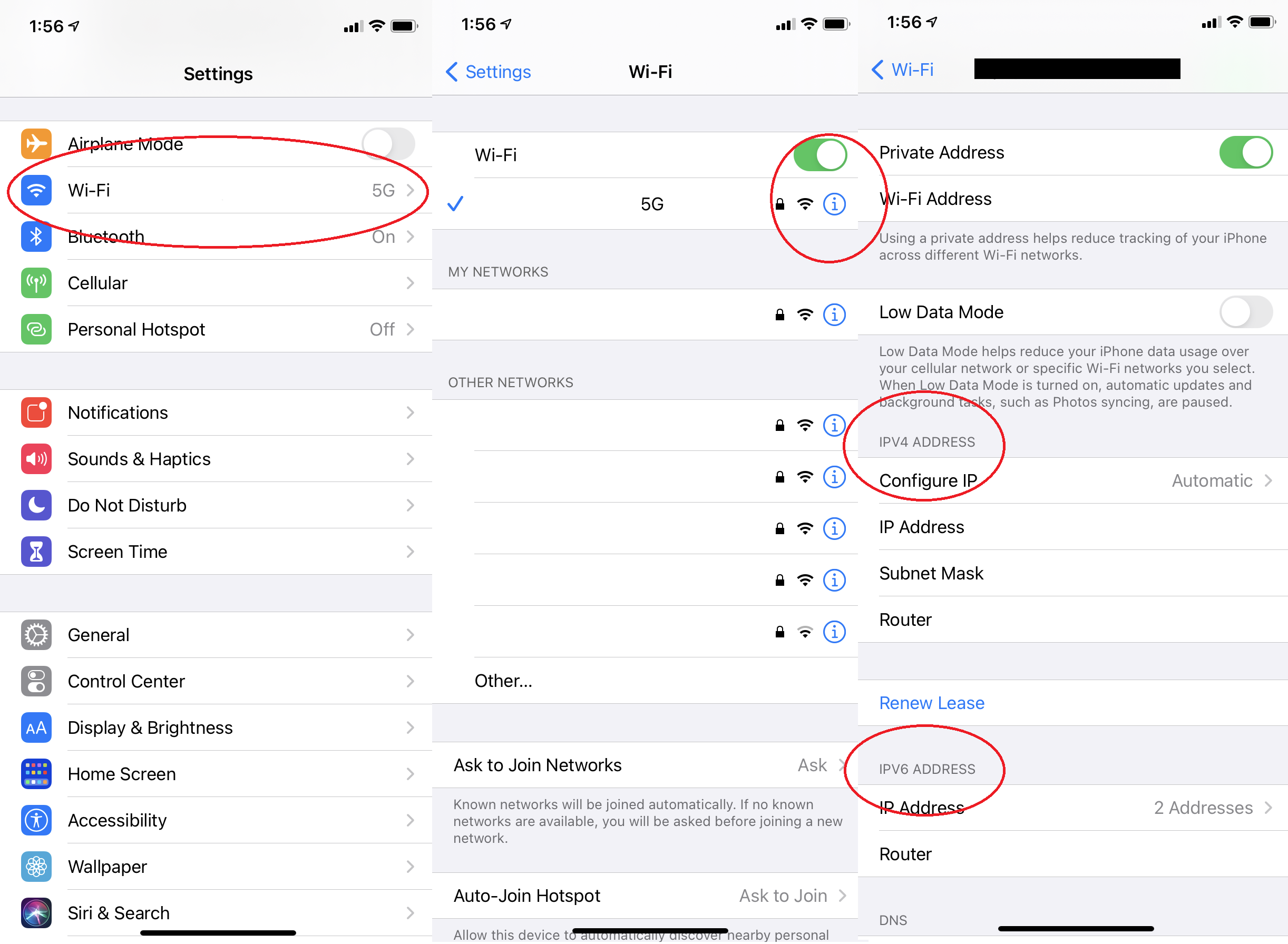Introduction
Welcome to the world of IP geolocation, where the virtual meets the physical. In today’s interconnected world, every device that connects to the internet is assigned a unique IP address. This address serves as a digital identifier, allowing data to be sent and received across networks. But have you ever wondered where these IP addresses are located?
IP geolocation is the process of determining the physical location of an IP address. It involves mapping the IP address to a specific geographic location, such as a country, city, or even an exact latitude and longitude. This information can provide valuable insights and enable various applications, from targeted marketing campaigns to enhancing cybersecurity protocols.
So, how exactly does IP geolocation work? Essentially, it relies on a vast network of databases and algorithms that collect and analyze data from various sources, such as internet service providers (ISPs), regional registries, and even crowdsourced information. By cross-referencing this data, IP geolocation services can estimate the location of an IP address with varying degrees of accuracy.
Before we delve into the methods and tools used for IP geolocation, let’s explore why you would want to locate an IP address in the first place.
Why Would You Want to Locate an IP Address?
The ability to locate an IP address can be beneficial in numerous situations. For businesses, it can provide valuable market insights by identifying the geographical distribution of customers or potential leads. Companies can use this information to tailor their advertising campaigns, personalize user experiences, or make informed decisions about expanding into new regions.
IP geolocation is also essential for cybersecurity purposes. By identifying the geographic origin of an IP address, security professionals can detect and prevent malicious activities, such as hacking attempts or fraudulent transactions. It allows them to implement stricter security measures and respond promptly to any potential threats.
Moreover, IP geolocation can be crucial in the enforcement of copyright laws and digital rights management. Content providers can track the unauthorized distribution of their intellectual property and take appropriate legal actions.
Now that we understand the importance of IP geolocation, let’s explore the different methods and tools available for locating an IP address.
How Does IP Geolocation Work?
IP geolocation involves a complex process that combines various techniques and data sources to determine the physical location of an IP address. Here’s a simplified overview of how it works:
1. Data Collection: IP geolocation services collect data from different sources, including ISPs, regional internet registries, and third-party databases. This data includes IP address ranges, network prefixes, and their associated geographic information.
2. Network Infrastructure Mapping: Internet service providers (ISPs) maintain infrastructure maps that link IP addresses to specific geographic regions. These maps are continually updated to reflect changes in network configurations and allocations.
3. Reverse Domain Name System (DNS) Lookup: By performing a reverse DNS lookup, IP geolocation services can retrieve the domain name associated with an IP address. In some cases, the domain name may provide clues about the location of the IP address.
4. WIFI Database: Some IP geolocation services maintain curated databases that map MAC addresses from WiFi networks to physical locations. This data can be used to estimate the location of devices connected to a specific WiFi network.
5. Crowdsourcing: Some IP geolocation services crowdsource data by collecting location information from users who voluntarily contribute their IP address and physical location. This data is then aggregated and used to augment existing databases.
6. Statistical Analysis: IP geolocation services employ statistical analysis algorithms to determine the most likely location of an IP address based on available data. These algorithms consider factors such as network latency, distance calculations, and historical data patterns.
It’s important to note that IP geolocation is not an exact science and can have limitations and inaccuracies. Factors such as VPNs, proxy servers, and network routing can affect the accuracy of the geolocation results. Additionally, the level of accuracy can vary depending on the data sources used and the specific IP address being geolocated.
Despite these limitations, IP geolocation continues to improve as technology advances and data accuracy increases. It remains a valuable tool for businesses, cybersecurity professionals, and law enforcement agencies to gain insights, enhance security, and protect digital assets.
Why Would You Want to Locate an IP Address?
The ability to locate an IP address offers a range of practical applications and benefits. Let’s explore some of the reasons why you might want to identify the physical location of an IP address:
1. Targeted Marketing: Businesses can leverage IP geolocation to tailor their marketing efforts. By knowing the geographical distribution of their website visitors or customers, companies can deliver personalized content, promotions, and advertising specific to the needs and preferences of each region.
2. Fraud Detection and Prevention: IP geolocation plays a vital role in preventing online fraud. By identifying the location of an IP address, businesses can assess the legitimacy of transactions and detect potential instances of fraud or identity theft. Suspicious activities originating from different locations can be flagged and investigated promptly.
3. Localization of Content: Content providers can use IP geolocation to deliver localized content to users based on their geographic location. This allows for a more personalized user experience, where website content, language, and even pricing can be adapted to fit the needs and preferences of specific regions.
4. Compliance with Legal and Regulatory Requirements: IP geolocation can help businesses comply with legal and regulatory requirements imposed by specific jurisdictions. It enables the enforcement of region-specific restrictions, such as content licensing limitations or compliance with data protection regulations.
5. Enhancing Cybersecurity Measures: Identifying the location of an IP address is crucial for detecting and preventing cybersecurity threats. By monitoring the geographic origin of network traffic, organizations can identify potential malicious activities, such as hacking attempts, data breaches, or unauthorized access to sensitive systems and data.
6. Geographical Analytics: IP geolocation provides valuable insights into the geographic distribution of website traffic or customer base. This data can help businesses identify emerging markets, optimize their supply chain, allocate resources effectively, and make informed decisions about expanding into new regions or targeting specific demographics.
These are just a few examples of the many reasons why you may want to locate an IP address. IP geolocation offers extensive possibilities for business intelligence, marketing strategies, cybersecurity, and compliance with legal requirements. It is a powerful tool that contributes to improved user experiences, enhanced security measures, and better-informed decision-making for businesses operating in the digital realm.
Methods for IP Geolocation
When it comes to IP geolocation, there are several methods and tools available to help you determine the physical location of an IP address. Let’s explore some of the most commonly used methods:
1. Using Online IP Geolocation Tools
There are numerous online IP geolocation tools that allow you to input an IP address and receive information about its location. These tools typically use databases and algorithms to provide geolocation data, such as the country, city, and even the approximate latitude and longitude of the IP address. Popular examples of online IP geolocation tools include IP geolocation search engines and websites that offer geolocation services.
2. Using Command-Line Tools
For more advanced users, command-line tools exist that can be run on a terminal or command prompt. These tools often utilize public APIs or databases to retrieve geolocation information. Command-line tools offer more flexibility and customization options, allowing users to integrate IP geolocation into scripts or automate the process. Examples of command-line IP geolocation tools include Nmap, GeoIP, and cURL with IP APIs.
3. Programming Languages and IP Geolocation APIs
Developers can leverage various programming languages, such as Python, PHP, and JavaScript, to build their own IP geolocation solutions. There are numerous IP geolocation APIs available that provide developers with access to extensive geolocation databases and algorithms. These APIs make it easier to retrieve geolocation data programmatically and integrate it into applications or websites. Some popular IP geolocation APIs include MaxMind, ipstack, and IPGeolocation.io.
4. IP Geolocation Databases
IP geolocation databases offer a more comprehensive approach to IP geolocation. These databases contain extensive datasets that map IP addresses to specific geographic locations. They can be installed locally or accessed remotely through APIs. Databases commonly provide detailed information like the country, region, city, postal code, and even internet service provider associated with an IP address. Popular IP geolocation databases include MaxMind’s GeoIP and IP2Location.
It’s worth noting that each method has its own pros and cons in terms of accuracy, ease of use, and level of detail. The choice of method depends on your specific needs and technical expertise. Regardless of the method you choose, IP geolocation provides valuable insights and enables a wide range of applications across industries.
Using Online IP Geolocation Tools
One of the most straightforward methods for IP geolocation is utilizing online tools that are specifically designed to provide geolocation information based on IP addresses. These tools are accessible through websites or search engines and require you to input the IP address you want to locate. Here’s how this method works:
a. IP Geolocation Search Engines: IP geolocation search engines are online platforms dedicated to providing geolocation information for IP addresses. These platforms have extensive databases that map IP addresses to geographical locations. To use these tools, you simply enter the IP address you want to locate into the search bar, and the tool will return details such as the country, region, city, and even the approximate latitude and longitude associated with the IP address. Examples of popular IP geolocation search engines include IP Geolocation by IPLocation.io and WhatIsMyIPAddress.com.
b. Geolocation Service Websites: Many websites offer IP geolocation services as part of their suite of tools or services. These websites often provide a user-friendly interface where you can input an IP address and retrieve its geolocation information. Some websites may provide additional details such as the hosting provider, internet service provider (ISP), or even a map indicating the location. These tools can be utilized by anyone without requiring technical expertise. Examples of popular geolocation service websites include IP2Location, IPLocation.net, and IPStack.
c. Benefits and Considerations: Using online IP geolocation tools offers several benefits. They are generally user-friendly, easily accessible, and require no installation or technical setup. These tools can provide quick and convenient geolocation information for occasional use or when you don’t have access to more advanced tools. Additionally, some online tools provide additional features such as IP reverse lookup or integration with other data sources.
However, it’s important to note that accuracy can vary between different online IP geolocation tools. Factors such as the quality and coverage of their databases, the frequency of updates, and the algorithms used to determine geolocation can affect the reliability of the results. Additionally, some online tools may have limitations when it comes to locating IP addresses that are hidden behind proxies, VPNs, or other anonymization techniques.
Overall, online IP geolocation tools offer a convenient and accessible method for obtaining geolocation information for IP addresses. They are particularly useful for individuals who require occasional and quick geolocation information without the need for complex setups or technical knowledge.
Using Command-Line Tools
For those who prefer a more hands-on and advanced approach, command-line tools can be used to perform IP geolocation directly from the terminal or command prompt. These tools offer more flexibility and customization options for users who have some technical knowledge. Here’s how you can use command-line tools for IP geolocation:
a. Nmap: Nmap is a versatile and powerful network scanning tool that can be used for various purposes, including IP geolocation. By using certain scripting features in Nmap, you can retrieve geolocation information for an IP address. The script “geoip” allows you to perform IP geolocation using Nmap. You simply provide the target IP address as an argument along with the appropriate Nmap options, and the script will return the geolocation data.
b. GeoIP: GeoIP is a command-line tool that utilizes the MaxMind GeoIP database to retrieve geolocation information for an IP address. It provides the country, region, city, latitude, and longitude associated with the IP address. To use GeoIP, you need to install the tool and the GeoIP database, which can be obtained from MaxMind’s website. Once installed, you can simply run the tool with the IP address as an argument to get the geolocation information.
c. cURL with IP APIs: cURL is a command-line tool for making HTTP requests. It can be used in combination with IP geolocation APIs to retrieve geolocation data. Many IP geolocation service providers offer APIs that allow developers to send requests from the command line using cURL. You can obtain an API key from the service provider, construct the appropriate URL with the IP address you want to locate, and execute the cURL command to receive the geolocation data as the response.
d. Benefits and Considerations: Using command-line tools for IP geolocation offers more control and customization options compared to online tools. With command-line tools, you can integrate IP geolocation into scripts or automation workflows, enabling you to perform geolocation lookups at scale or incorporate the data into other processes. Additionally, command-line tools often provide more detailed geolocation information, such as the region or specific latitude and longitude coordinates.
However, using command-line tools requires a certain level of technical knowledge and familiarity with the specific tools and APIs. Installation and setup may also be required, depending on the tool being used. Additionally, the accuracy of geolocation results can still be influenced by factors like the quality of the underlying data source and limitations imposed by proxies or VPNs.
In summary, command-line tools for IP geolocation offer advanced capabilities and customization options for users who are comfortable with the command-line interface. They are well-suited for those who require more control and integration possibilities in their IP geolocation workflows.
Programming Languages and IP Geolocation APIs
Another approach to IP geolocation is leveraging programming languages and IP geolocation APIs. This method allows developers to incorporate IP geolocation functionality directly into their applications or scripts, providing more flexibility and customization options. Here’s how programming languages and IP geolocation APIs can be used:
a. Programming Languages: Programming languages like Python, PHP, and JavaScript offer libraries and modules that provide IP geolocation functionality. These libraries can connect to IP geolocation APIs or utilize local databases to retrieve geolocation information. By utilizing these libraries, developers can programmatically retrieve and process geolocation data based on IP addresses. This approach is particularly useful when building web applications or incorporating IP geolocation into existing codebases.
b. IP Geolocation APIs: IP geolocation service providers often offer APIs that provide access to their extensive databases and algorithms. These APIs allow developers to send requests with IP addresses as parameters and receive geolocation data as responses in a structured format such as JSON or XML. Developers can integrate these APIs into their applications, websites, or scripts to retrieve real-time geolocation information. Examples of popular IP geolocation APIs include MaxMind GeoIP2, ipstack, and IPGeolocation.io.
c. Benefits and Considerations: Utilizing programming languages and IP geolocation APIs offers greater flexibility and control over the geolocation process. Developers can seamlessly integrate IP geolocation into their applications, making it easier to retrieve and process geolocation data in real-time. This approach is especially advantageous when dynamic geolocation information is required or when continuous geolocation lookups are needed.
However, it’s important to keep in mind that using programming languages and IP geolocation APIs requires developers to have knowledge and experience in the chosen programming language and the proper usage of APIs. Additionally, usage limits, API keys, and potential costs associated with API usage may need to be considered.
Despite these considerations, utilizing programming languages and IP geolocation APIs empowers developers to create customized and scalable IP geolocation solutions that align with their specific requirements.
Overall, programming languages and IP geolocation APIs provide developers with the tools and flexibility to incorporate IP geolocation functionality directly into their applications. This approach is well-suited for situations where real-time geolocation data and integration with existing codebases are necessary.
IP Geolocation Databases
IP geolocation databases offer a comprehensive and powerful method for IP geolocation. These databases contain extensive datasets that map IP addresses to specific geographic locations. By utilizing IP geolocation databases, you can perform offline IP geolocation lookups, providing a reliable and efficient means of retrieving geolocation information. Here’s how IP geolocation databases work:
a. Local Installation: IP geolocation databases can be installed locally on a server or machine. There are several commercially available databases, such as MaxMind’s GeoIP2 and IP2Location, that provide comprehensive geolocation data. These databases are regularly updated to ensure accuracy and reliability.
b. Integration with Applications: Once installed, the databases can be integrated into applications or network infrastructure. Developers can utilize database query APIs or libraries to perform IP geolocation queries and retrieve relevant geolocation information.
c. Data Coverage and Accuracy: IP geolocation databases typically offer detailed information, including the country, region, city, postal code, and even internet service provider associated with an IP address. They rely on a combination of data sources, including ISP allocations, public registries, and crowdsourced data, to build comprehensive datasets.
d. Updates and Maintenance: It’s important to regularly update IP geolocation databases to ensure the accuracy of the geolocation results. This can be done by subscribing to update services provided by the database vendors. These updates include new IP address assignments, changes in geographical mappings, and other relevant information.
e. Benefits and Considerations: Utilizing IP geolocation databases offers several advantages. They provide reliable and detailed geolocation data, and the offline nature of the databases enables faster response times and reduces reliance on external services. This approach is particularly useful for applications that require consistent and frequent geolocation lookups, or in situations where real-time connectivity may be limited.
However, it’s important to note that IP geolocation databases are not immune to limitations. They are subject to potential inaccuracies caused by factors such as IP address changes, proxy servers, or the use of virtual private networks (VPNs). Additionally, the size of the databases can vary, which may impact storage requirements.
In summary, IP geolocation databases provide a robust and reliable solution for offline IP geolocation. This method offers detailed and comprehensive geolocation information, making it suitable for applications that require consistent and frequent geolocation lookups or scenarios where real-time connectivity is limited.
Limitations and Challenges of IP Geolocation
While IP geolocation is a valuable tool for determining the physical location of an IP address, it is not without its limitations and challenges. It’s important to be aware of these factors when using IP geolocation in order to better understand and interpret the results. Here are some of the main limitations and challenges associated with IP geolocation:
1. Accuracy: One of the primary challenges of IP geolocation is achieving accurate results. While databases and algorithms strive to provide precise geolocation information, the accuracy can vary depending on various factors, including the quality of the data sources, the frequency of updates, and the methods used for geolocation calculations. Additionally, factors such as the use of proxies, VPNs, or dynamic IP addresses can further compromise accuracy.
2. Dynamic IP Addresses: Many internet service providers (ISPs) assign dynamic IP addresses to their users, meaning that the IP addresses assigned to devices can change regularly. This can pose a challenge for IP geolocation as the location associated with an IP address may vary over time. Static IP addresses offer more stable geolocation results, but they are less common among regular internet users.
3. Proxy Servers and VPNs: Proxy servers and virtual private networks (VPNs) are commonly used to mask or change an IP address. While such tools provide privacy and security benefits, they can also hinder accurate IP geolocation. Proxy servers can obscure the true origin of an IP address, and VPNs can route traffic through servers in multiple locations, making it difficult to pinpoint the actual physical location of an IP address.
4. Network Routing and Load Balancing: Network routing and load balancing can also affect the accuracy of IP geolocation. Internet traffic can be routed through different paths and servers, depending on various factors such as network congestion, service provider agreements, and load balancing algorithms. As a result, the IP address seen by the geolocation system may not necessarily correspond to the actual physical location of the device.
5. Limited Coverage and Missing Information: While IP geolocation databases strive to provide comprehensive coverage, there may still be gaps or limited information, particularly for less populated or remote areas. Some IP addresses may not have associated geolocation data due to missing or insufficient information in the databases. This can lead to incomplete or unreliable geolocation results for certain IP addresses.
6. Legal and Privacy Concerns: The use of IP geolocation raises legal and privacy concerns. In some jurisdictions, the collection and use of geolocation data is subject to regulations and requires appropriate user consent. It’s essential to adhere to applicable laws and regulations to ensure the ethical and lawful use of IP geolocation data.
In spite of these limitations and challenges, IP geolocation remains a valuable tool for various applications. It is important to understand its strengths and limitations, interpret the results with caution, and complement the geolocation information with other data sources or verification methods when necessary.
Conclusion
IP geolocation is a powerful tool that enables the determination of the physical location of an IP address. It has numerous applications across various industries, including targeted marketing, cybersecurity, content localization, and compliance. By knowing the location of an IP address, businesses can make informed decisions, enhance security measures, personalize user experiences, and optimize operations.
There are several methods for IP geolocation, each with its own benefits and considerations. Online IP geolocation tools provide a quick and accessible way to retrieve geolocation information. Command-line tools offer more advanced features and customization options, while programming languages and IP geolocation APIs allow for seamless integration into applications and scripts. IP geolocation databases provide comprehensive offline geolocation capabilities, enabling faster response times and reducing reliance on external services.
However, it’s important to recognize the limitations and challenges of IP geolocation. Factors such as accuracy, dynamic IP addresses, proxies, network routing, and limited data coverage can affect the reliability of geolocation results. It’s crucial to interpret the results with caution and consider complementary data sources or verification methods when needed.
In conclusion, IP geolocation is a valuable tool that provides insights into the physical location of IP addresses. It empowers businesses to make data-driven decisions, enhance security measures, and deliver personalized experiences. By understanding its strengths and limitations, users can harness the power of IP geolocation effectively and ethically, contributing to a more efficient and secure digital landscape.










